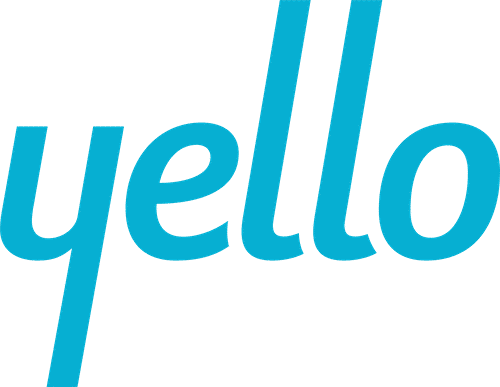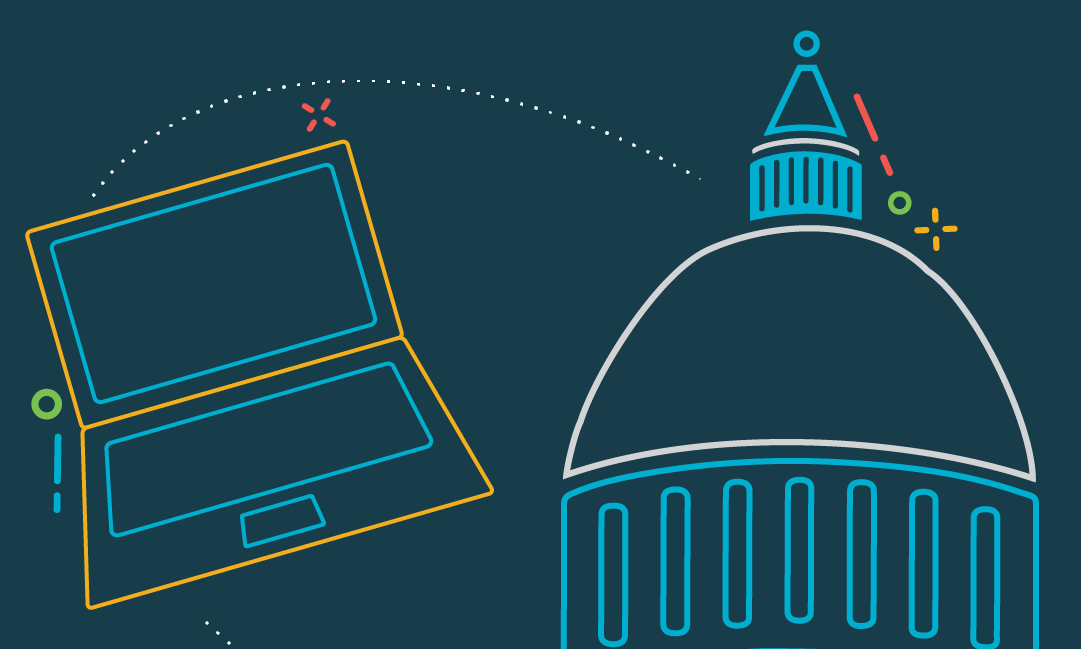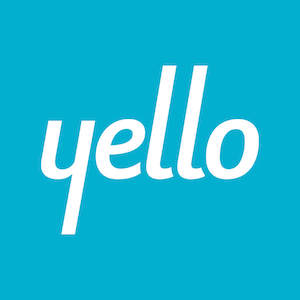It’s no secret that government recruiters face an uphill battle when it comes to hiring talent quickly. Outdated policies and rigorous security clearances leave government agencies lagging behind the private sector, and some roles take months or even years to fill.
And with a global talent shortage, a decades-low unemployment rate and an increase in federal employee retirement, the race is on to win top talent. Fortunately, advances in technology are making it easier for government recruiters to take control of hiring processes, combat time-consuming pre-requisites and decrease time-to-hire.
Here’s a look at the top challenges in government recruiting today, along with strategies to solve those problems:
Top Challenges in Government Recruiting
- An aging workforce: Federal retirement rates are increasing, and Baby Boomers are leaving the workforce at a rate of 10,000 per day until 2030.
- STEM shortages: In tech positions, older government employees far outnumber the young ones. With only 3% of the government’s tech workforce under 30, retirement rates pose a threat to sustaining STEM talent.
- Lengthy time-to-hire: Unlike their private sector counterparts, government agencies have become increasingly slower at hiring over the last several years thanks to archaic hiring policies, rigorous security clearances, and outdated technologies.
- Candidate fallout: With an average time-to-hire of 106 days, top candidates aren’t waiting around to receive a government offer. Millennials and Generation Z want a speedy, high-tech hiring process — and they’re turning to the private sector when government agencies can’t meet their expectations.
- Stale recruiting techniques: Online job advertisements and career websites are still the most popular government recruiting channels. These impersonal, “post and pray” tactics are least appealing to Gen Z candidates, who value personal connections with their recruiter and say referrals from current or former employees are their favorite job source.
The Solutions
Government agencies have realized the war on talent won’t suffer idlers. While there may be nationwide protocols and antiquated practices that slow the process, several new policies and tech solutions are making it easier for government recruiters to reclaim ownership over recruiting processes and speed up hiring:
Direct Hire Authority
The OPM recently authorized Direct-Hire Authority (DHA), which allows government recruiters to quickly fill specific role openings when the agency can validate there is either a severe shortage of candidates or a critical hiring need. By eliminating several typical selection policies and procedures usually required for government employees, the goal of DHA is to fill the most highly needed government roles more efficiently.
By leveraging Direct Hire Authority, government agencies can hire just like the private sector, and recruit for highly-sought positions in tech, engineering and other STEM fields.
Leverage Tech to Reduce Time-to-Hire
Government agencies realize lengthy hiring processes are costing them candidates, and they’re turning to new technology to help. This year, one federal agency set a goal to drastically reduce their time-to-hire, but knew they couldn’t accomplish their goal with their existing career site vendor, which slowed hiring and created obstacles. Instead, they turned to Job Board software to reduce screening time and source candidates more effectively.
Additionally, interview scheduling software helps agencies recoup precious time by decreasing the time it takes to arrange interviews from an average of 60 minutes to under one minute. This equates to thousands of hours of staff time that can now be reallocated to more impactful responsibilities like sourcing wider talent pools and building more meaningful relationships with candidates.
By improving the job search and attracting more qualified applicants with branded, user-friendly software and built-in job distribution, the agency is well on their way to accomplishing their goal of reducing time-to-hire from 100 days to 45.
Boost Candidate Experience
For government agencies, candidate experience has historically been a low priority. However, with Gen Z’s job search expectations and an increasingly tight labor market, candidate experience can no longer be ignored. Recent data showed 83% of job seekers can change their mind about a role they once liked if the hiring experience was poor. That level of dropped interest is devastating to hiring metrics.
Today’s candidates want to know where they stand during each phase of the hiring process, and they seek meaningful relationships with their recruiters. Borrowing from the private sector, agencies can utilize the concept of talent communities to offer passive as well as active candidates a personalized, high-touch hiring experience. Candidate Relationship Management (CRM) platforms help government recruiters track and manage talent, with automated messaging capabilities that allow talent acquisition teams to communicate with candidates every step of the way. Utilizing modern recruitment technology to keep in touch with applicants is a surefire way to keep talent engaged rather than moving on to another opportunity.
Recruit On Campus
70% of companies are recruiting on campus, so tapping college talent can be challenging — and competitive. For the government to position itself as a strong contender, they’ll need new strategies and tools to win the war on talent.
Many government agencies wait until a new role opens up to think about sourcing talent. Instead of being reactive, government recruiters should consider building a talent pipeline of recent graduates who are looking for their first career opportunity. These candidates are likely to stay in the workforce for years to come, and will combat government retirement trends.
Hiring authorities need the proper tools and resources to position the government as a sought-after employer on campus. Recruitment event and holistic university technology solutions can be the answer to streamlining the college recruiting process for government recruiters. Whether engaged in on-campus recruiting efforts or recruiting college students virtually, integrating tech enabled solutions is critical to winning the early career talent war.
Focus on Recruitment Marketing
Government agencies realize their brand is weak in the campus marketplace. To counter this issue, one agency has extensively ramped up their recruitment marketing efforts to boost their brand and increase awareness of jobs in civil service in the US and abroad. It begins with revamping identity: jobs in government are as varied, competitive and rewarding as those in the private sector – and tracking candidates for the long-term.
As they plan their future and earn their educational credentials, frequent touchpoints and connectivity with students generates buzz about government careers and opportunities. Building a student talent network and sharing marketing materials like employee testimonials, video content and regular email communications will help government hiring teams tap into the current student pool and increase engagement.
From Red Tape to Recruitment Success
The challenge faced by government hiring authorities may be similar to businesses across the nation as unemployment rates and talent shortages continue. But unique public sector struggles put government employers behind the curve in today’s competitive market. The solution: technology that allows recruiters to create talent pipelines, boost employer brand, improve candidate experience and shorten time-to-hire.




